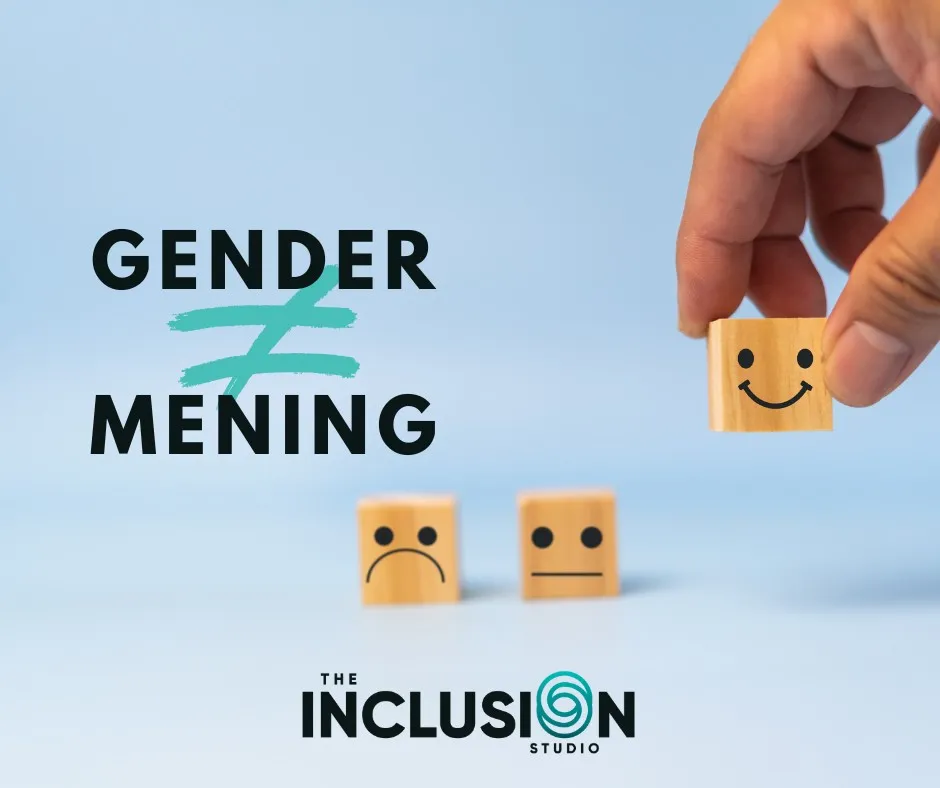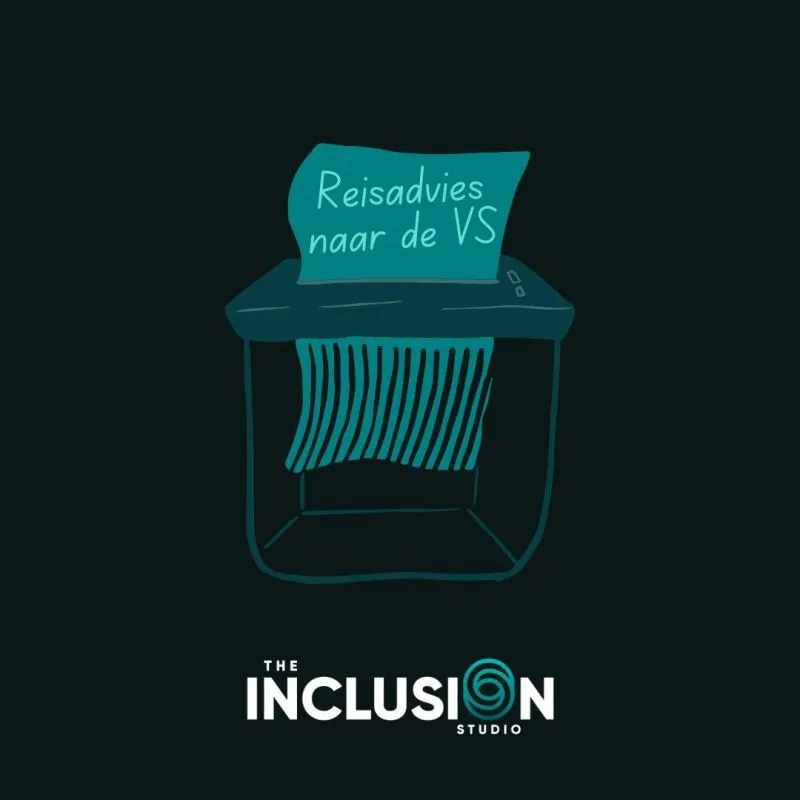
How inclusive leadership contributes to a diverse and inclusive corporate culture
Diversity and inclusion are growing in popularity not just in the sphere of politics but also in the world of business. Besides the popularity, a growing expectation is emerging, spurred on by evidence showing that D&I are powerful tools for creating economic prosperity. With the bar set high, implementing these principles often falls to HR or management.
An inclusive leader can be defined in many different ways. However, at the base, they are a person that is not controlled by cultural or intellectual bias. That is, they use both people and ideas around them freely and without being under the control of prejudice.
In reality, this can mean a lot of different things. This article will explain the central idea behind inclusive leadership and why so much of D&I depends on them.
The Main Aspects of Inclusive Leadership
Often the setting defines what an inclusive leader is—the company and the national market impact what a leader can do to be inclusive. As a result, the study of inclusive leaders does not provide instructions. On the contrary, it describes how it feels to be in a work environment managed by an inclusive leader.
A recent study about inclusive leadership showed that these individuals create a work environment with a specific psychological effect. They create a sense of psychological safety, workgroup identification, and psychological empowerment. Also, they contribute to an increase in employee attitudes and performance.
Even though the general psychological traits are helpful indicators of an inclusive work environment, they offer little practical advice. Observing an issue from a different perspective, a study by Kiikkilä (2021) shows what an inclusive leader should do, based on an analysis of two Finnish companies and 21 interviews. Through the study of interviews, the author uncovers seven mediators of inclusive leadership. Or rather, the foundation upon which the feeling of inclusion is created. The mediators are:
- Psychological Safety. The author found that a sense of psychological safety was important for the employees. It was maintained by a leadership relationship that involved openness, trust, approachability, encouragement and support.
- Human Respect. This mediator describes a work environment where employees are valued as individuals and complimented and encouraged for their contribution. The interviews show that a more proactive leader-member relationship is formed when people are valued for their contribution.
- Shared Identity. The term describes a work environment that creates a sense of “we”. That is, belonging and contributing to a broader collective. Inclusive leaders play a significant role in creating a sense of belonging at work.
- The atmosphere of Uniqueness. Because an inclusive work environment is authentic, a sense of uniqueness is created. The processes and employee contributions are unique to the situations the work collective encounters. This adds to the sense of individual contribution to the work effort.
- Relationality. Mainly this mediator is a characteristic of a well-developed social system in the professional setting. Inclusive leaders foster a work environment that creates meaningful social relationships among employees and encourages accountability through such relations.
- Being an Insider. The findings also indicate that having “insider” knowledge contributes to employees’ overall sense of belonging. But the research also shows knowing such information contributes to fairness because employees understand how business decisions are made.
- Attitude and Awareness. The final mediator describes the general ideas employees have toward D&I. Here the author also cautions about the potentially harmful effects of specific opinions on the nature of inclusion, especially when inclusion is perceived as a static feature instead of an ever-changing process.
Based on a literature review of studies about inclusive leadership, a group of authors developed five categories that make up this leadership style. They split them into two groups: Facilitating belongingness includes helping group members feel comfortable contributing, ensuring justice and equality, and creating an atmosphere of shared decision-making. Indicating the value of uniqueness involves encouraging diverse contributions and helping group members contribute equally to work.
To conclude, an inclusive leader facilitates the creation of a safe work environment in which people are valued for their contribution. Many of us know intuitively that such a workplace has benefits. But what can their study tell us about inclusive leadership?
Inclusive Leadership, Work Engagement, and Innovation
A study of 246 employees from 6 companies in Vietnam used four Likert-type scales to measure the effects of inclusive leadership. They found that inclusive leadership has a positive impact on employee engagement. A different study from Iraq looked at the results from 156 respondents and found that inclusive leadership and work engagement were positively correlated to innovative work behaviour. However, a recent study about inclusive leadership also found contradictory evidence about its impact on creativity. The researchers show that inclusive leadership enhances employee creativity by increasing psychological safety. At the same time, it reduces employee creativity because it reduces challenge-related stress.
The evidence shows that inclusive leadership impacts employee well-being, personal-job fit, and innovative behaviour. Following such findings, researchers recommend that staff and people holding other leadership roles consider the human respect approach in the workplace. Mainly because this will enhance employee motivation and overall well-being. They can achieve this by exhibiting supportive behaviour like being available, willing to listen, and appreciative of their staff voices of concerns and ideas.
Finding the balance needed to be an inclusive leader may seem daunting. However, as the findings show, many of the traits associated with such leaders are human characteristics we all use daily. The Inclusion Studio understands the issues leaders face today, and we know how to help you. We look at the solutions already applied and ask your employees for insight to help formulate a unique approach.
Learning about D&I and inclusive leadership can only help you. Even if you do not want to make significant changes to how you work, reading some of the articles mentioned here will teach you a lot about inclusive leadership. Or you can take a good book that covers many topics discussed here and adds a deeper insight.
Conclusion
Inclusive leadership, like D&I in general, is changing principles that help organise work culture. They are valuable tools that can bring many benefits but only when used correctly. Even though inclusivity creates a space for all to be heard, the importance of leadership in this process is not diminished. Far from it, leaders need to evolve to create meaningful work environments that continually create profit and innovation.
Although all know this is a business myth, we continue to seek solutions that would make the workplace more in tune with our human needs. And as the research suggests, this is having a positive effect on other areas of work, mainly productivity and engagement. Leaders are vital figures in ensuring this process takes place and achieves success.





